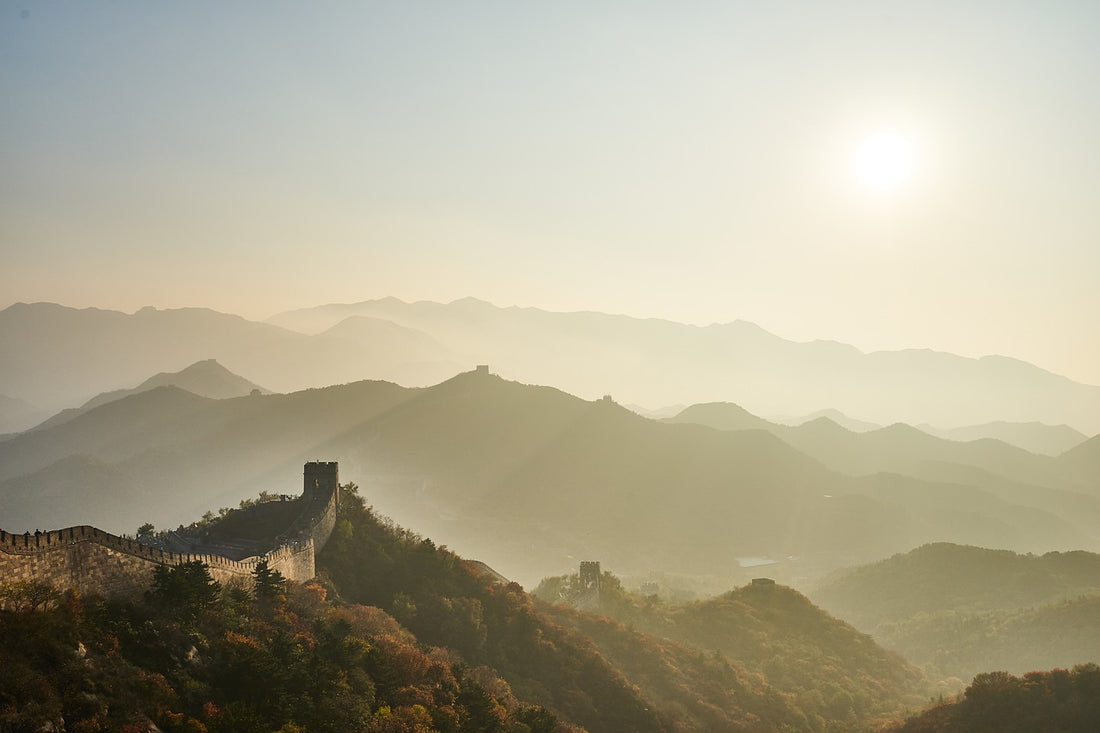
The Jade Road: A Tea Adventure in Asia
If you are a tea lover and looking for an adventure that combines exploration and history, the Jade Road is made for you. This ancient trade route has seen caravans carrying precious stones, silk, and porcelain, but also high-quality tea leaves.
In this article, we will explore the history of the Jade Road and its importance to tea culture in Asia. We will also provide you with tips for organizing your own exploration trip to this fascinating region.
History of the Jade Road
The Jade Road was a trade route that stretched over 4,000 kilometers, connecting China and Myanmar (formerly Burma). This route had been used for millennia for the trade of gemstones, particularly jade, which was considered sacred by the Chinese.
However, it was not until the 8th century that the route began to be used for tea trade. Chinese merchants started exchanging tea with the tribes of Myanmar and Tibet, who quickly adopted it as their beverage of choice.
Over the centuries, the tea trade along the Jade Road became increasingly important. Tea caravans were often attacked by bandits and pirates, which led to the creation of guilds to protect merchants and their cargoes.

The culture of tea in Asia
The Jade Road played an important role in the spread of tea culture in Asia. Tea originated in China, where it was consumed for medicinal purposes for thousands of years. Over time, tea became a popular beverage for its flavor and stimulating properties.
Tea has also played an important role in Buddhist culture. Chinese Buddhist monks used tea to help them stay awake during long periods of meditation, and then passed their love of tea on to other countries in Asia.
Tea has become a key element of Japanese culture, where it is consumed during special ceremonies and used in art and literature. Indians have also adopted tea as a national beverage, and tea culture in India has flourished over the centuries.

Explore the Jade Road
Today, the Jade Road is a popular destination for travelers seeking adventure and exploration. If you wish to organize your own journey along this ancient trade route, here are some tips to help you plan your adventure.
Choose your starting and ending point
The Jade Road stretches over 4000 kilometers, so it is important to choose your starting and ending points. You can start your journey in China, in the city of Kunming, or in Myanmar.

Discover the historical sites along the Jade Road
The Jade Road is dotted with historical sites that testify to its rich commercial past. You can start your exploration in Kunming by visiting the Jade Road Museum, which houses an impressive collection of objects and documents related to the history of the road. You can also visit the Stone Forest Temple, which is located about 100 kilometers from Kunming. This temple is famous for its stone Buddha sculptures and for being one of the oldest Buddhist temples in China.
In Myanmar, you can visit the city of Mandalay, which was once an important trading center on the Jade Road. The city is home to many temples and pagodas, including the famous Mahamuni Temple. You can also visit the Jade Market in Mandalay, where you can buy handmade jade jewelry and sculptures.

Taste the local teas
The Jade Road is known for its high-quality teas, particularly pu-erh tea, which is produced in the Chinese province of Yunnan. You can taste different types of tea in the local villages and visit tea factories to learn more about the tea-making process.
In Myanmar, you can taste laphet tea, which is a mixture of fermented tea and pickled leaves. This tea is a popular drink in the country and is often served with local snacks.

Meet the local communities
The Jade Road passes through many different ethnic communities, providing a unique opportunity to discover the cultural diversity of the region. You can meet the local inhabitants and learn about their traditional way of life, crafts, and cuisine.
In the village of Heshun, China, you can visit the traditional stone and wooden houses and meet the local residents. In the village of Hsipaw, Myanmar, you can stroll through the lively streets and visit the local temples.
In conclusion, the Jade Road offers a unique adventure for tea lovers and history enthusiasts. You can discover historical sites, taste local teas, and meet local communities while exploring this ancient trade route. So, pack your bags and set off on an adventure on the Jade Road!
